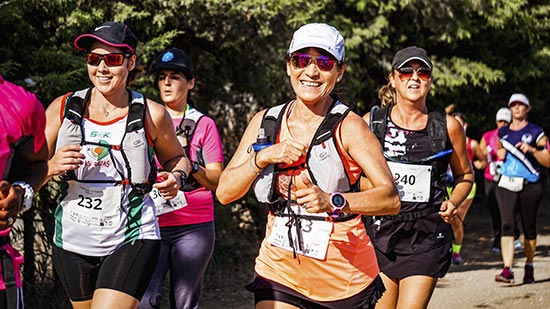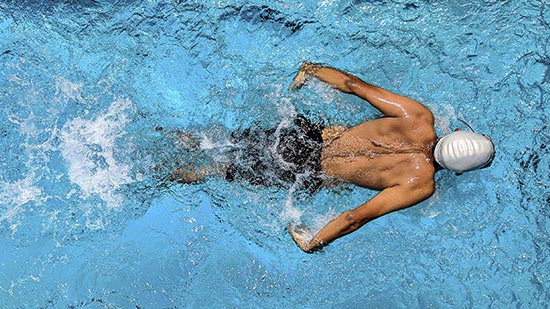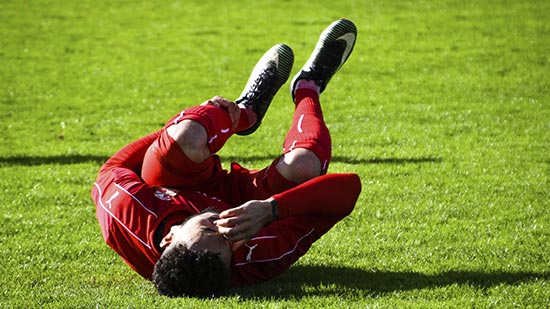

Sport injuries, joint pain, sprain or strain?
Treat them with laser instead of taking medicine.
This soft laser is of the highest capacity,
and it is completely safe.
Soft laser takes effect on the cellular level.
The laser light stimulates the photosensitive molecules of our cells, by which it optimizes the oxygen supply of the mitochondrium and improves the cellular respiration, which enhances the energy (ATP) production.
In recent decades soft laser has been used by sports medicine doctors mainly to treat sport injuries, but latest researches show that laser treatment is remarkably efficient in other fields too.
Effect of Soft Laser in sports:
• Enhancing stamina [2, 3, 4]*
• Capacity optimization [6, 13]*
• Regeneration [5]*
• Sport injuries rehabilitation [1, 7, 8, 9, 10, 11, 12]*
* Bibliography of research publications:
[1] Mester E.: A lasersugár biomedikális hatásaira vonatkozó vizsgálatok. Doktori értekezés, Budapest, 1971
[2] 5zabó Gy.: Laserterápia a fül-orr-gégészetben. Kandidátusi értekezés, Budapest 1993
[3] Sohajda Mária: Softlaserek hatásának összehasonlítása krónikus fájdalom syndromákban. Városi Kórház jubileumi kiadványa, Sátoraljaújhely, 1995
[4] Horváth Z, Donkó Z.: Possible ab initio explanation of laser “biostimulation" effect, Las. Appl. In Med. and 5urgery, Bologna, 1992
[5] Neduchalova, Kylov: Lézer alkalmazása gyermekek mozgásszervi rendellenességei nek átfogó terápiájában, Lágylézer Terápia 2001. január
[6] Simunovic: Lasers in Medicine and Dentistry, EMLA, 2000
[7] Wilden, Ellerbtock: Az LLLT hatékonysága a belső fül kezelésében Lágylézer Terápia, 2001. április
[8] Riberio: Effects of low-intensity polarized visible laser radiation on skin burns: a light microscopy study, J. of CI. Laser Medicine & 5urg. 2004, lCenter for Lasers and Applications, IPEN-CNEN/5P, Cidade Universitária, Department of Histology, ICB/U5P, Cidade Universitária, Sao Paulo, Brazil.
[9] Jan Tuner és Lars Hode: Laser Therapy in Dentistry and Medicine (Prima Books Sweden, 1996, 1-235.
[10] Danhof G.: Lasertherapie in der 5portmedizin und Orthopadie, WBV Bio.-Med Verlag, 5chorndorf, 1993
[11] Martin P, Leibovich 5.: Inflammatory ce Ils during wound repair: the good, the bad and the ugly. Trends Cell Biol 15(11):599-606. 2005
[12] Enwemeka CS, Parker JC, Dowdy DC, Harkness EE, Sanford LE, Woodruff LD.: The efficacy of low-power lasers in tissue repair and pain control: a meta-analysis study. Photomed Laser 5urg 2004; 22: 323-29 (CI=110,IF=1.785)
[13] Bjordal JM, Lopes-Martins RA, Joensen J.: A systematic review with procedural assessments and metaanalysis of low level laser therapy in lateral elbow tendinopathy (tennis elbow). BMC Musculoskelet Disord 2008;9:75
Enhancing stamina
Infrared (808-830nm) laser irradiated before trainings or competitions improves muscle performance, delays muscle tiredness and significantly reduces lactic acid concentration.


Capacity optimization
Laser irradiation before doing sport improves the mitochondrium function in muscle cells and this way makes the oxygen supply more efficient. In addition, owing to the laser light, the blood supply of the cells is better, the microcirculation and the nutrient supply rise.
Helps regeneration
Laser irradiation after sport activities accelerates the regeneration of the muscles and ligaments. It also accelerates the degradation of the lactic acid and reduces the level of fatigue-fever.


Sport injuries rehabilitation
Important physiological effects of laser light are the antiphlogistic effect, enhanced healing of swelling and oedema after traumatic injuries, and efficient alleviation of acute or chronic pain.
A further beneficial effect is the facilitation of the healing process of skin damage, after-operation or bone fracture wounds, and of ligament or muscle rupture.
Researches and numerous case studies have proven that laser treatment significantly accelerates the healing time after sport injuries, improves rehabilitation effectiveness and reduces the chance for another injury.